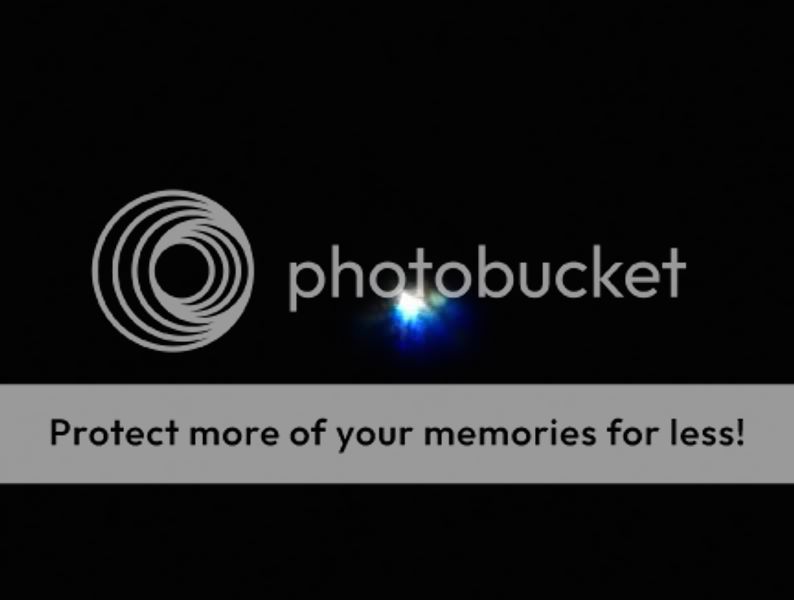Above, optical aberration or misscollimation causing the elongation of the star observed on the left.
I ran the video presented in the article with Sirius - Sirius the brightest star in the sky Video through telescope , to catch some pictures with the partner star, Sirius B. The video captures were made with Sony Vegas 10, and edited in FastStone.
In the pictures above, binary star system Sirius, is filmed with exposure to 'auto' combined with 'low lux', on the CX130 Sony video camera. On 'auto' mode, the camera could not detect the second star, Sirius B, because of the brightness of the host star, but in the pictures below, I've set the camera to a small exposure to reduce the amount of light of the star Sirius A that blocks the detection of all that is around it, and finally, Sirius B, has appeared in the images. I dont think we can observe with the naked eye through the eyepiece Sirius B, but only with a camcorder or camera to adjust the exposure.
In the pictures above, we find some images of the telescope's optical aberration. On the left side of the star A, we see an extension of it, and at first sight it made me think that there, Sirius B is hiding. But when I continued to study the video, I saw that when I reduced the exposure, Sirius B was actually on the right side of Sirius A.
The atmosphere was loaded and of course the stars spectrum in each photo is different, but that big bright spot on the right star, has always been there, and so, undoubtedly, in the images below, are catched Sirius both stars.
The video of these video captures are here: Sirius the brightest star in the sky Video through telescope .
Above, Sirius binary system, with Sirius A in the center, and Sirius B smaller right.
Telescope that I use to shoot through it, is a netonian reflector from Celestron, with a mirror of 203 mm, or 8 ". I never managed to look through another reflector with the same mirror size, such as Meade 8-inch telescope LS with LightSwitch Technology telescope, which is lining up by a single push of a button.
In astronomical observations is difficult to achieve high quality astroimaging if not put continuous effort to enjoy the results.
Photographer: Victor Lupu
Optical Telescope Celestron C8" Newtonian, super plossl 20mm, 2x Barlow
Mount: CG5 (EQ5)
Camera: Sony CX130
Video mode: 1920x1080 progressive
Filter: no
Date: 27/02/2012
Location: Baia Mare, Romania
Processing and Editing - Sony Vegas 10, Faststone




 Tuesday, April 17, 2012
Tuesday, April 17, 2012
 Unknown
Unknown





















 Posted in:
Posted in: 


0 comments:
Post a Comment